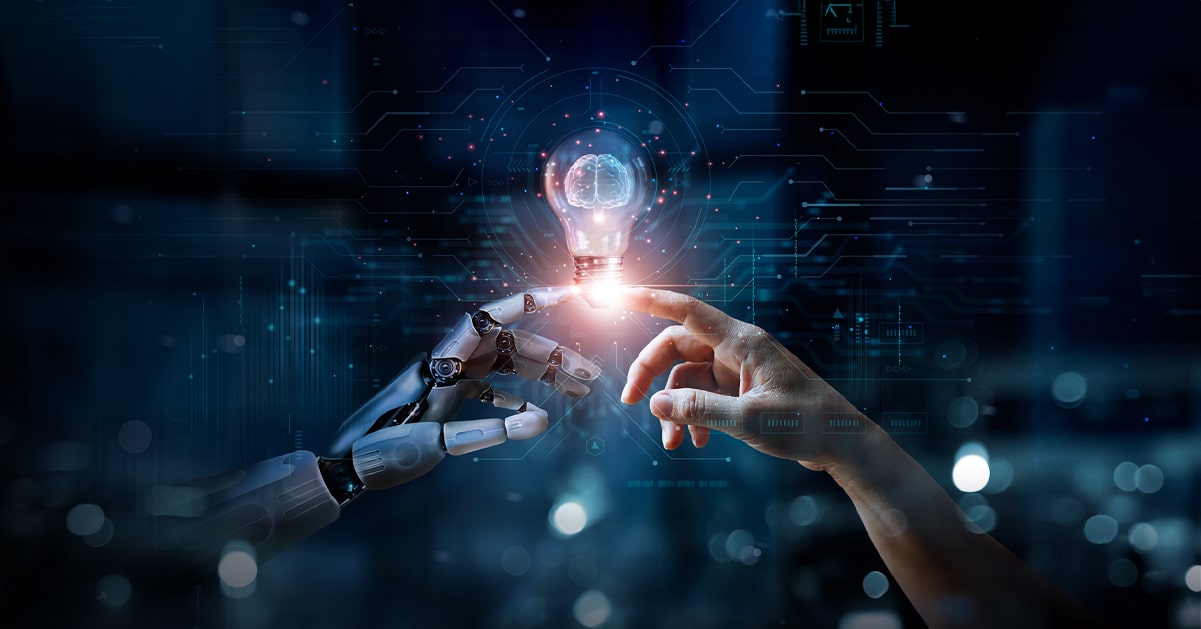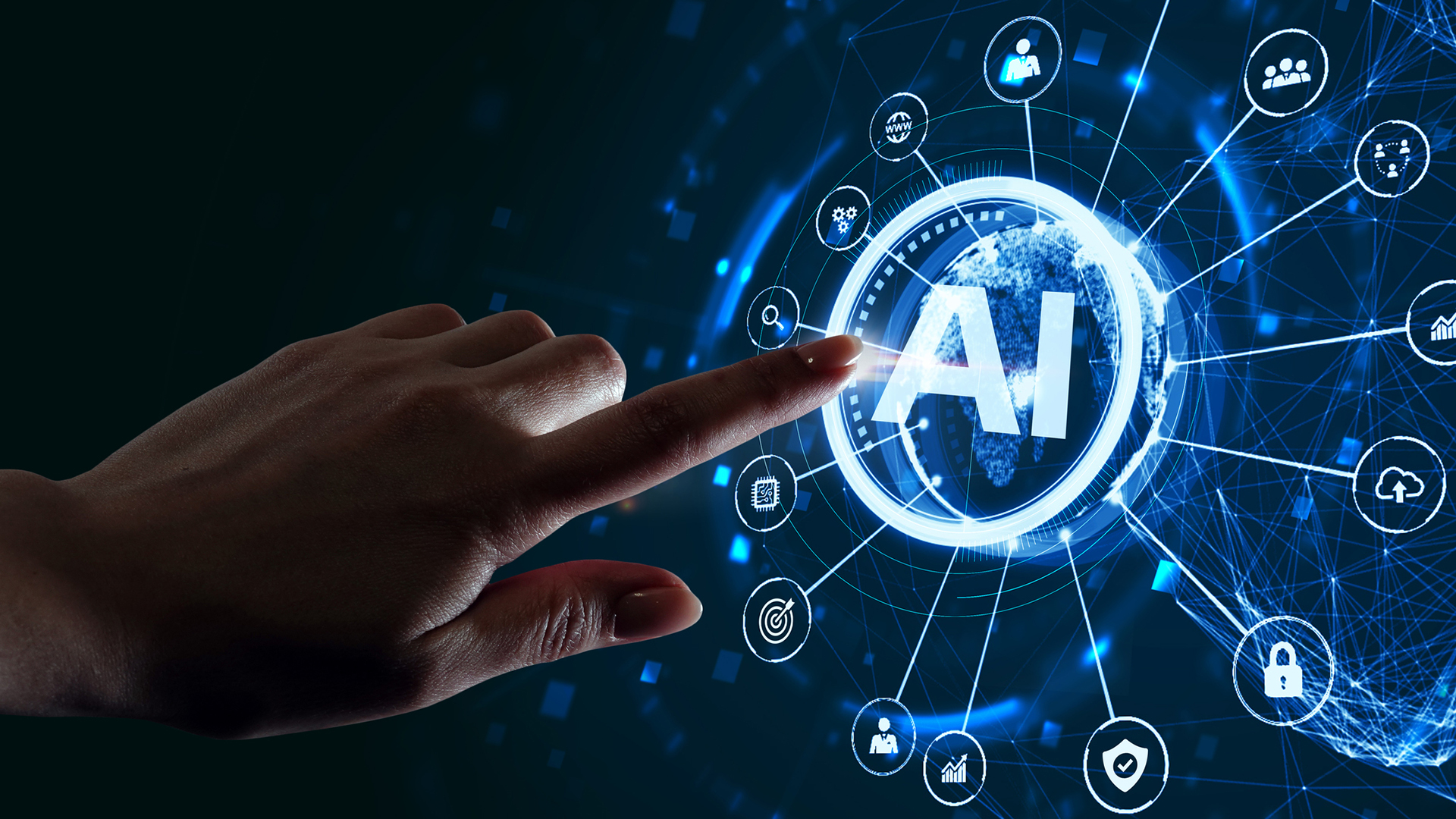
Introduction
In the fast-paced world of digital marketing, content creation has become both a necessity and a challenge. The demand for high-quality, engaging content is ever-growing, but the time and resources required to produce it can be overwhelming. This is where the power of AI content combined with human editing comes into play.
According to a recent survey by SurveyMonkey, 73% of marketers believe that AI helps create personalized customer experiences, while 50% use AI tools to generate content. These statistics highlight the growing reliance on AI in content creation. However, the key to success lies not in fully delegating tasks to AI, but in leveraging its strengths while adding the irreplaceable touch of human creativity and judgment.
This article will guide you through the process of using AI content generation tools effectively, paired with strategic human editing to scale your workflow efficiently. You’ll learn how to harness AI for ideation, drafting, and optimization, while ensuring your content remains authentic, engaging, and aligned with your brand voice.
What Is AI Content + Human Editing and Why It Matters
AI content refers to text, images, or other media generated by artificial intelligence algorithms. These tools are trained on vast datasets and can produce content based on prompts, trends, and data patterns. However, AI-generated content often lacks the nuance, emotional depth, and contextual understanding that humans bring to the table.
Human editing, on the other hand, involves refining and enhancing AI-generated content to ensure it meets quality standards, aligns with brand guidelines, and resonates with the target audience. This hybrid approach combines the speed and efficiency of AI with the creativity and critical thinking of human editors.
The importance of this combination cannot be overstated. While AI can handle repetitive tasks like generating outlines, researching keywords, or creating initial drafts, human input ensures that the final product is accurate, engaging, and strategically aligned with business goals.
How AI Content + Human Editing Impacts SEO Performance
SEO performance is heavily influenced by the quality and relevance of your content. AI content can help you generate keyword-rich, search-optimized material quickly, but without proper human editing, it may lack the depth and coherence needed to rank well.
Here’s how the combination of AI and human editing affects SEO:
- Improved Keyword Integration: AI can identify and suggest relevant keywords, but human editors ensure they are naturally integrated into the content.
- Enhanced Readability: AI tools can flag grammar and syntax issues, but human editors refine the tone, flow, and structure for better readability.
- Content Relevance: AI can generate content based on trends, but human editors ensure it addresses the specific needs and interests of the target audience.
- Brand Consistency: Human editors maintain brand voice and style, which is crucial for building trust and engagement.
By combining these elements, you not only improve your SEO rankings but also create content that connects with your audience on a deeper level.
Step-by-Step Implementation Framework
1. Define or Audit the Current Situation
Before implementing AI content and human editing, assess your current workflow. Identify areas where AI can add value—such as content ideation, research, or drafting—and determine where human intervention is most critical.
Action Steps:
– Review existing content to identify gaps or inefficiencies.
– Determine which tasks are repetitive or time-consuming.
– Set clear goals for what you want to achieve with AI and human collaboration.
2. Apply Tools, Methods, or Tactics
Choose the right AI content generation tools and human editing strategies that align with your goals. Some popular AI tools include Vocable, ChatGPT, and Jasper, which can assist with ideation, outlining, and drafting. For human editing, consider hiring freelance editors or using internal teams to review and refine AI-generated content.
Action Steps:
– Select AI tools that offer features like keyword research, sentiment analysis, and content outlining.
– Develop a process for human editors to review and enhance AI content.
– Use templates or guidelines to maintain consistency across all content.
3. Measure, Analyze, and Optimize
Track the performance of your AI-generated content and measure the impact of human editing. Use analytics tools to monitor metrics like traffic, engagement, and conversion rates. Regularly review and optimize your workflow to ensure continuous improvement.
Action Steps:
– Set up tracking for key performance indicators (KPIs).
– Conduct A/B testing to compare AI-only content with AI + human edited content.
– Gather feedback from your team and audience to refine your approach.
Real or Hypothetical Case Study
Let’s imagine a scenario where a digital marketing agency uses AI content and human editing to scale their client’s blog strategy.
Background:
A small e-commerce business wanted to increase its blog traffic and improve SEO rankings. They had limited resources and struggled to keep up with the demand for fresh content.
Implementation:
– The agency used AI tools to generate blog post outlines, keyword suggestions, and initial drafts.
– Human editors reviewed and refined the content, ensuring it was engaging, optimized for SEO, and aligned with the brand’s voice.
– The team also used AI for sentiment analysis to understand customer preferences and tailor content accordingly.
Results:
– Blog traffic increased by 40% within three months.
– SEO rankings improved for targeted keywords.
– Engagement metrics like time on page and social shares saw a significant boost.
This case study demonstrates how the combination of AI and human editing can lead to measurable improvements in content performance and business outcomes.
Tools and Techniques for AI Content + Human Editing
To effectively implement AI content and human editing, consider using the following tools and techniques:
- Vocable: An all-in-one platform that offers content ideation, outlining, and editing features. It helps streamline the content creation process while maintaining brand consistency.
- ChatGPT: A powerful AI tool for generating content, answering questions, and assisting with creative writing tasks.
- Grammarly: A writing assistant that checks for grammar, spelling, and style issues, making it an essential tool for human editors.
- SurferSEO: A tool that provides keyword clustering, semantic scoring, and on-page optimization insights to help improve SEO performance.
- Hemingway Editor: A tool that simplifies complex sentences and improves readability, making it ideal for refining AI-generated content.
These tools, when used in conjunction with human editing, can significantly enhance the quality and effectiveness of your content.
Future Trends and AI Implications
As AI continues to evolve, its role in content creation will only expand. Emerging technologies like generative AI, predictive analytics, and natural language processing will further enhance the capabilities of AI tools. However, the need for human oversight and creativity will remain critical.
Future trends to watch include:
– Personalized Content Creation: AI will enable more tailored content that adapts to individual user preferences and behaviors.
– Multimodal Content: AI will generate content in multiple formats, including text, images, and video, offering new ways to engage audiences.
– Voice and Conversational AI: As voice search and chatbots become more prevalent, AI will play a larger role in creating conversational content.
To stay ahead, businesses should invest in AI tools that offer flexibility and scalability, while also fostering a culture of continuous learning and adaptation.
Key Takeaways
- Leverage AI for Efficiency: Use AI tools to automate repetitive tasks like ideation, research, and drafting.
- Add Human Touch for Quality: Human editing ensures that AI-generated content is accurate, engaging, and aligned with brand values.
- Optimize for SEO: Combine AI-driven keyword integration with human expertise to improve search engine rankings.
- Measure and Refine: Track the performance of your content and continuously refine your workflow for better results.
- Stay Ahead of Trends: Embrace emerging AI technologies while maintaining a focus on creativity and authenticity.
By embracing the synergy between AI and human editing, you can scale your content creation efforts efficiently while delivering high-quality, engaging content that resonates with your audience.
Meta Title: How to Use AI Content + Human Editing to Scale Your Workflow Efficiently
Meta Description: Discover how to combine AI content generation with human editing to scale your workflow efficiently and improve SEO performance.
SEO Tags (5): AI content, human editing, content scaling, SEO optimization, workflow efficiency
Internal Link Suggestions: Parameter #1: AI Content Generation, Parameter #3: Content Optimization Strategies, Parameter #5: SEO Best Practices
External Source Suggestions: https://www.surveymonkey.com, https://vocable.ai, https://www.grammarly.com










